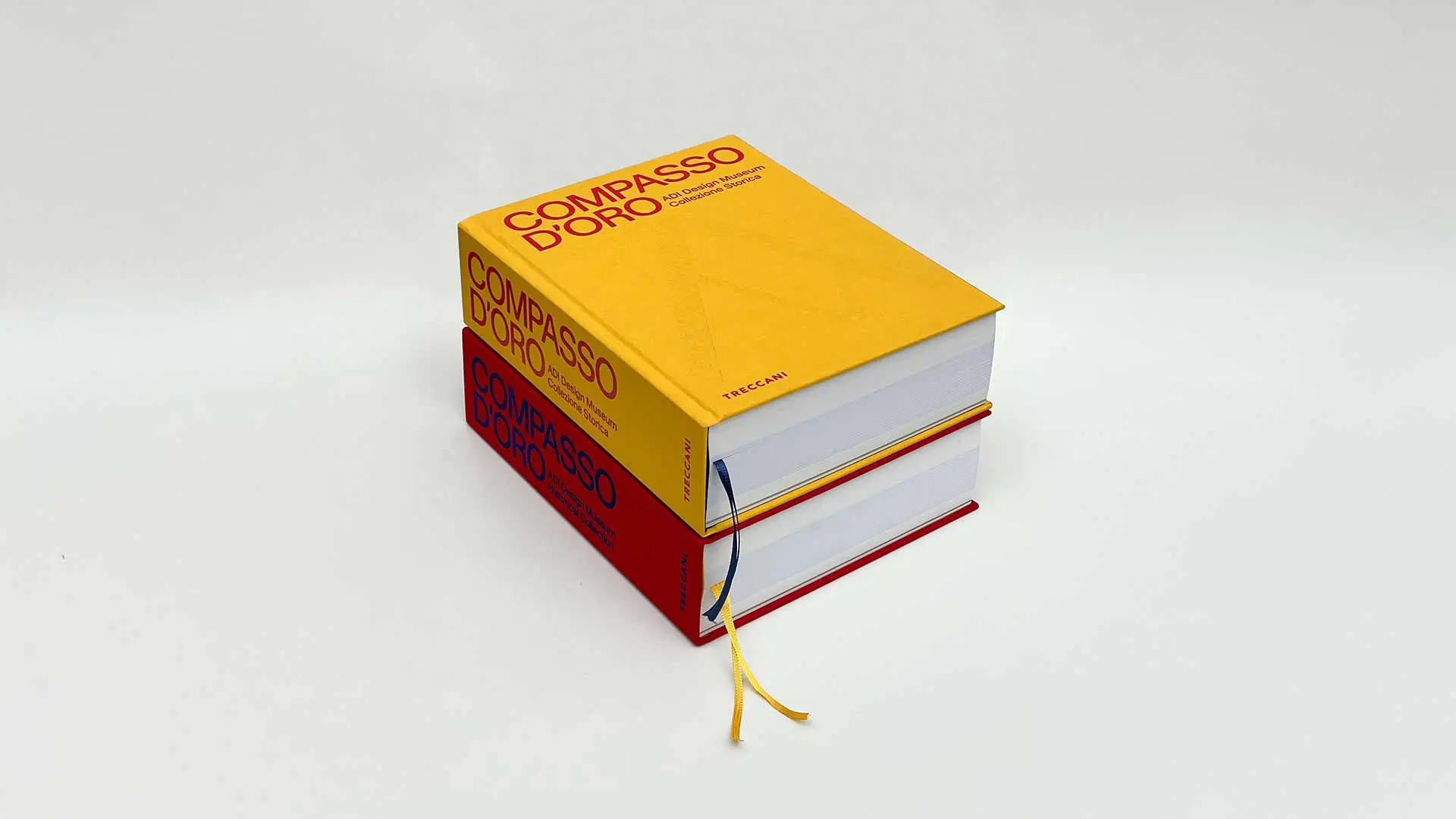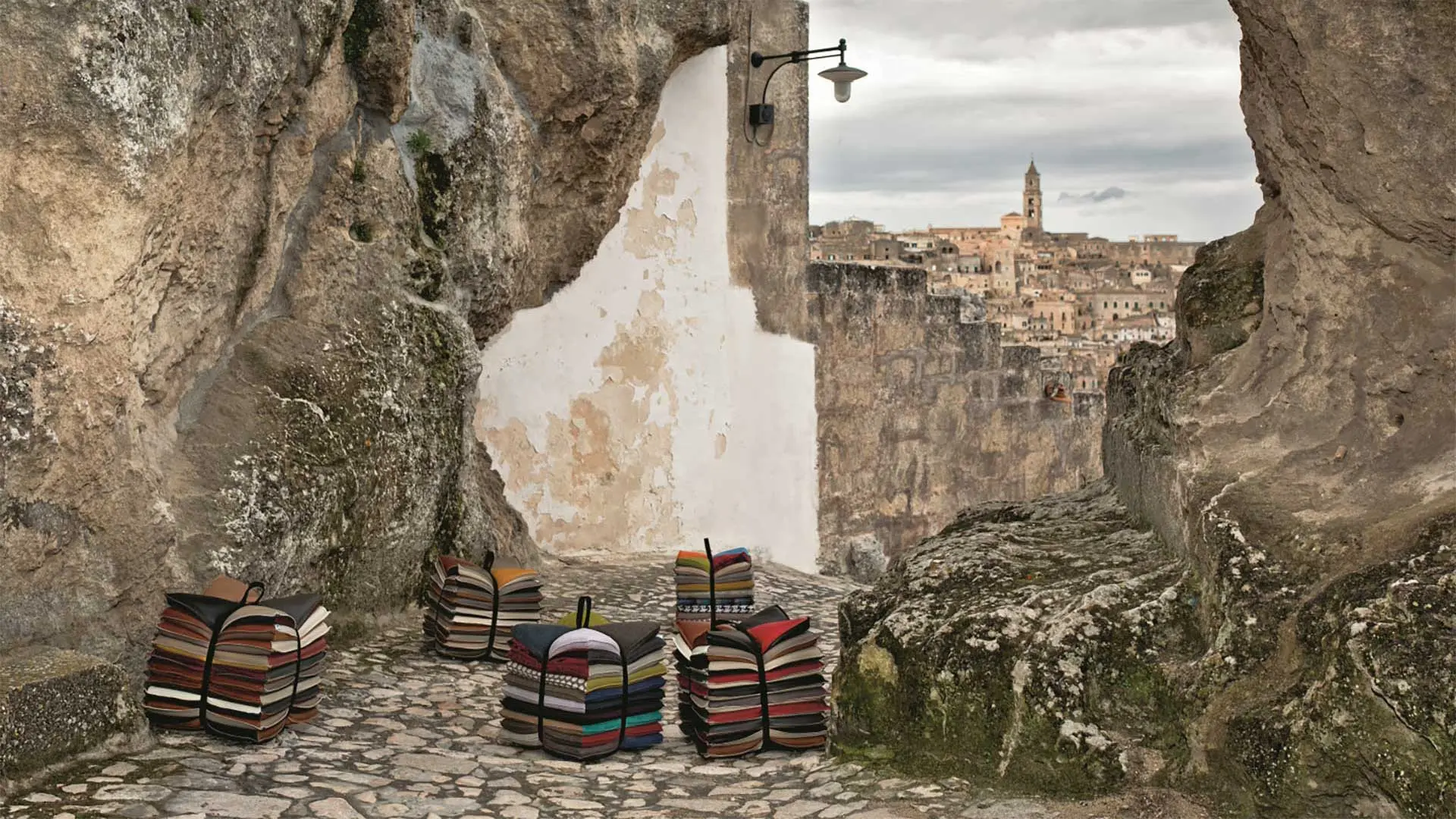Treccani’s latest book, edited by Beppe Finessi and presented at the ADI Design Museum, provides a comprehensive overview of the story of design told through the prestigious award
From Formafantasma to Emily Dickinson: 4 books for 4 viewpoints

Seeing the Wood for the Trees. Video still, Formafantasma 2020, courtesy photo
Four reads in no particular order to serve as keys to defining the ideas of the new world. Kicking off 2022 with a reflection on 4 keywords for our future: Web, Climate, Nature, Inclusivity.
The beginning of a new year is not just a time for good intentions, it is also one for weighing up the old year. During the sorting out process, not everything needs to be discarded or superseded, especially when it comes to books that suggest, in different but pretty much convergent ways, recipes for living through our times, trying to learn again. Four pivotal words: Web, Climate, Nature, Together.
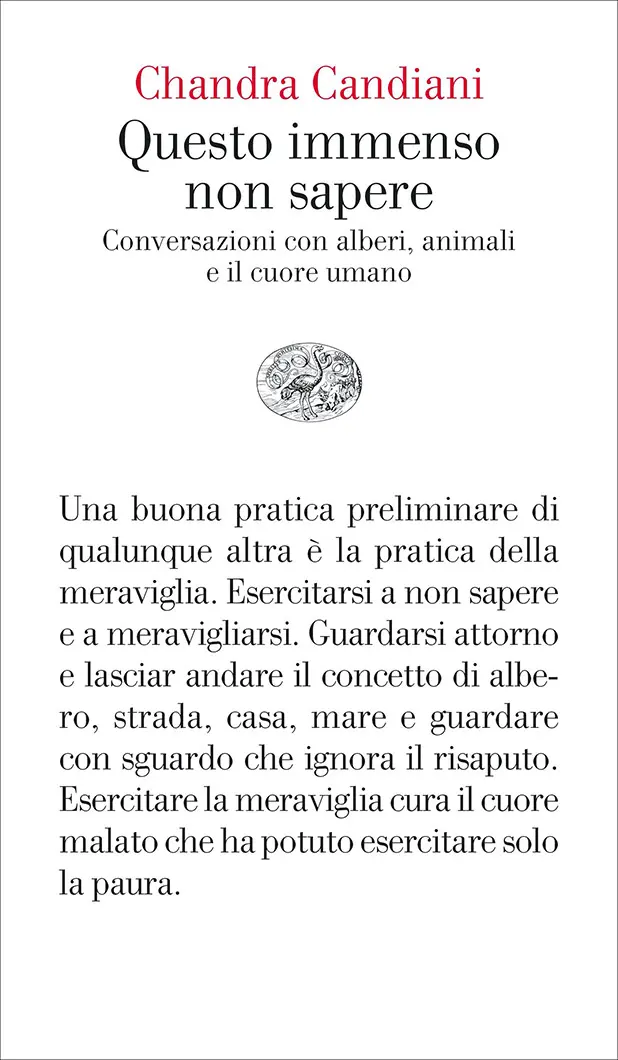
Questo immenso non sapere, cover
We could start with the trace left by a “book born disorderly” as Chandra Candiani, who put it together at the time of a fall and a rise, and not least in the middle of a pandemic, puts it. “Exercising wonder cures sick hearts that have only been able to exercise fear,” claims the author on the cover of her paperback for Einaudi, Questo Immenso Non Sapere [This Huge Not Knowing], subtitled Conversazioni con Alberi, Animali e il Cuore Umano [Conversations with Trees, Animals and the Human Heart]. “We are soldiers of survival: homes, heaters, air conditioning, fridges, cars, planes, clothes, spectacles, dentures, drinking water, hot water, prosthesis upon prosthesis for carrying on,” the poet reflects, along with stories of cats, dogs and various other species (more at risk than ourselves of real extinction, the same also applies to plants). As in Leopardi, Novalis, Buddha, other poets and authors and monks given to meditation … reflections and impressions unfurl across the pages, which should be read in the manner of a fairytale, or even of a life, in which good and less good things happen, and the sense lies in allowing them to please precisely for what they are. It’s an extensive good wish, which doesn’t mean that the narrow gateway of our own unhappiness and that of others has to be avoided. The ever-open door of harm/evil. Quite the reverse. “This acceptance prepares us for action, it means not acting in the run-up to attuned action.” Starting with her own story, there are suggestions for taking a peripheral view of the world and those who live in it – “I say beings and not people, because animals and trees are included. Hearts belong to everybody, there isn’t just my heart or your heart or his: there’s a heart that belongs to nobody and resonates, it’s impersonal and fluid, devoid of owners.” A lesson that’s often forgotten and which causes us to take a step back and return to the preface and to build relations: “A disorderly book is an invitation to subversion.” The kind of subversion that rhymes with action. It also prompts a quote from Confucius, that Candiani claims to have read on a placard at the foot of an ancient tree of which only the roots and the battered bark remain. “The best time to plant a tree was ten years ago. The other best time is now.” It seems to be saying that knowledge is without time, or religion, suggesting that any time is the right time to start taking action, if we’re really not happy with where we’ve got to. Right now, while we are fretting about ourselves, about everyone and everything. For the most disparate of reasons ranging from us humans to the planet, we seem to be, we are, in need of help. This is something books can dispense. Refocusing on ancient concepts and new ideas, on topical matters.
Title: Questo Immenso non Sapere. Conversazioni con Alberi, Animali e il Cuore Umano
Author: Chandra Candiani
Published by: Einaudi
Published: 2021
Pages: 168
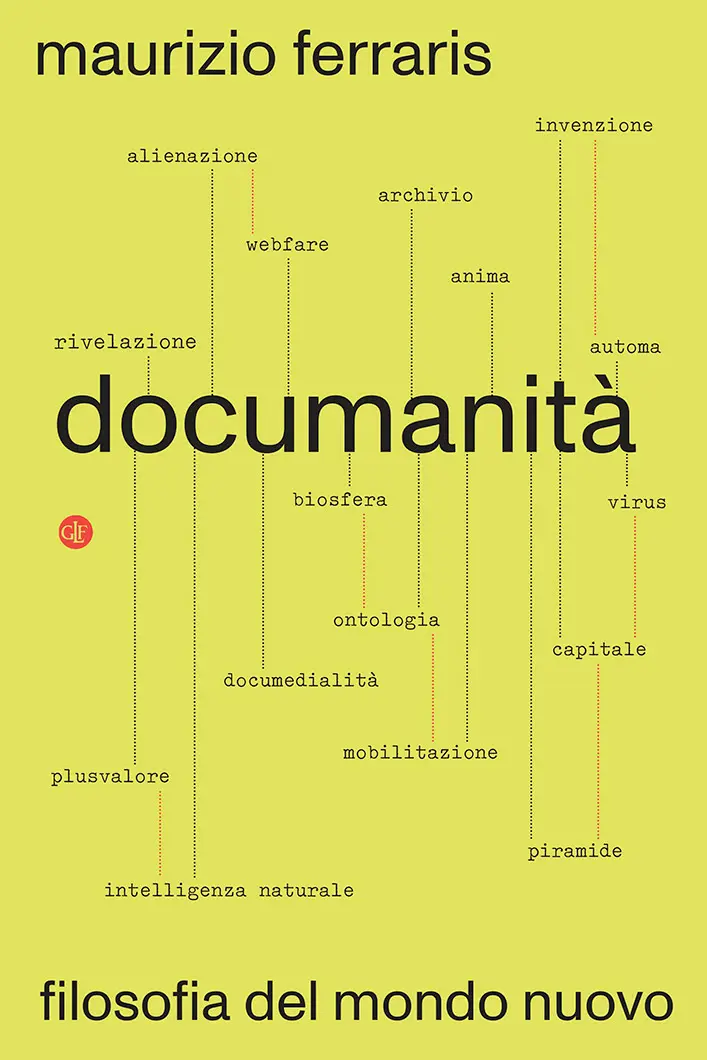
Documanità, cover
The same call to action, although with different stresses, comes from Maurizio Ferraris, who qualifies the title of his book Documanità, [Dochumanity] published last spring by Editori Laterza, with the caption ‘Filosofia del Mondo Nuovo’ [Philosophy of the New World]. On the cover there’s a diagram of words that map the common thread to his thinking: “a new world that, by definition, cannot be anticipated,” but one that we can learn to conceive. An exacting piece of work, complete with some happy irony, and no shortage of advice on how to read the four chapters and paragraphs that make it up, reformulating the eternal questions. Revolution: what is the web? Revelation: who are we? Speculation: where do we come from? Transvaluation: Where are we going? A packed journey, sketched with an incisive, light hand, unfettered by the perennial anxiety generated by the man/machine relationship, now played out entirely on the web, seen through an “anthropological foundation of the mutual dependency between humans and platforms, in which the latter are the contemporary prototype of the technical complement that constitutes the only defining trait of human nature.” A reassuring premise: “Without human input, technology - and the platforms in particular - would be useless and inert, losing its own reason for existing.” So we don’t need to worry, the worst won’t happen, we will not become slaves to technology and automation, as long as machines are governed by our needs. In parallel, the specific points made by the philosopher, professor and columnist for La Repubblica reorder and demolish other relationships at the same time - between production and consumption and between capital and value, with the affirmation of a necessary change of tack and intentions geared to understanding the mechanism of plus value, in web design. In which it is possible to imagine capital that is “an accumulation of value as well as growth of knowledge” and to consider the transvaluation – of Nietzschean memory – of the value of work. Based on the coordinates of time and space, and on the lengthy series of technological and industrial revolutions, Ferraris guides us through the ecosystem in which we find ourselves, teaching us above all to think. To recognise and understand our future, dissipating the fog of fear around an unknown future. If only we didn’t see technology (and progress too to some extent) as the generator of all evils, because “the better we understand technology, the better we can understand humans.” Seen from every era, “it shows us who we are and what we want.” From this point of view, documediality, on which life rests while we are on the web, can also mutate into dochumanity. A society capable of understanding the present and transforming it, in other words. Putting humanity into technology to address “a new welfare, in which the machines are entrusted with the jobs that are tiring, boring and repetitive and humans are entrusted with invention, consumption and education.”
Titolo: Documanità. Filosofia del Nuovo Mondo
Author: Maurizio Ferraris
Published by: Laterza
Published: 2021
Pages: 440
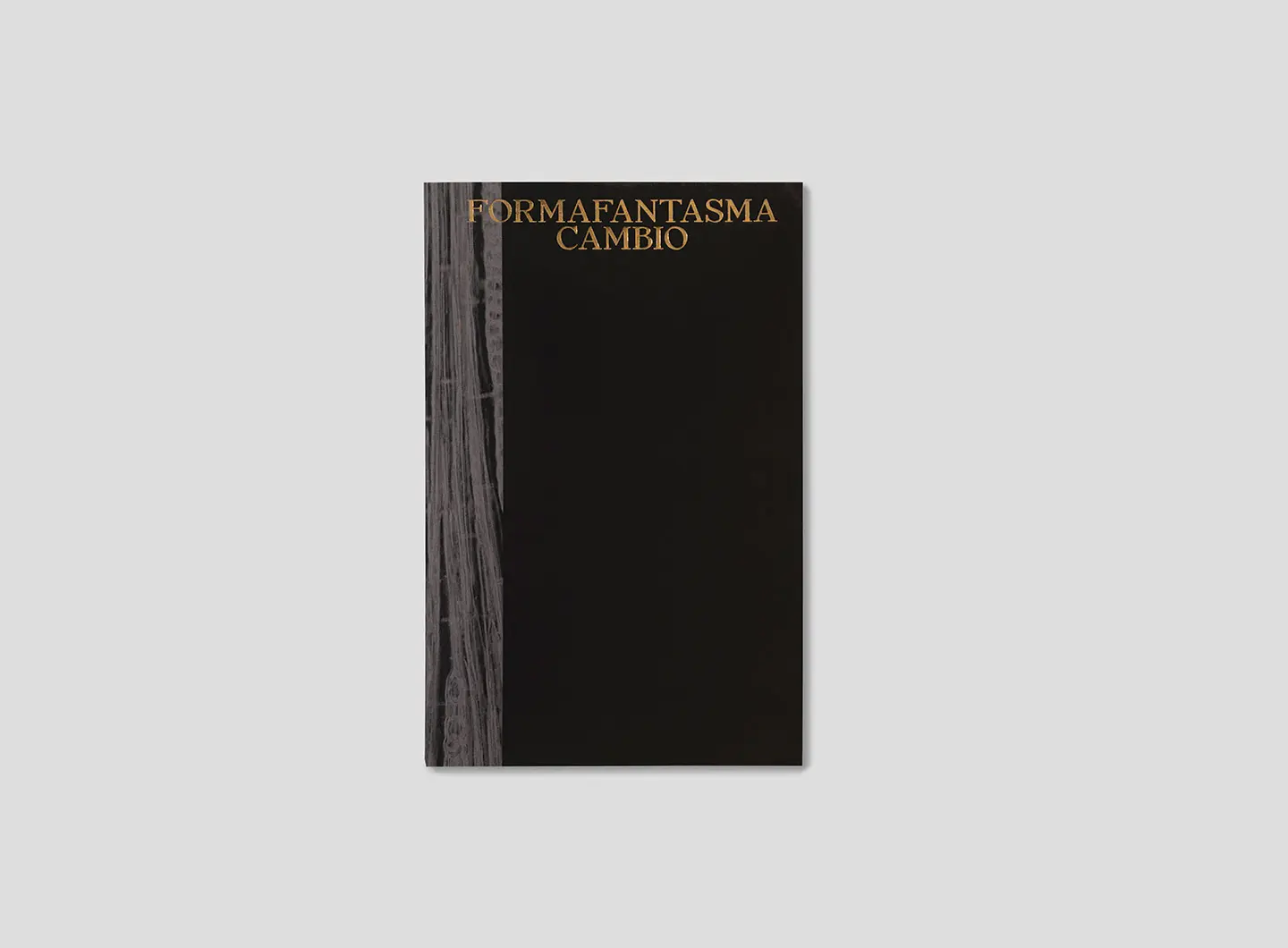
Cambio, cover
An unexpected breath of fresh air with enlightenment and optimism – “progress brings with it both a right and a duty: the need for every human being to contribute to this progress not just through criticism but through positive action” – which does not absolve us of the need, in tune with the philosopher, for personal and collective mobilisation, in order to dispel the notion that we are the masters of nature. The hope is therefore for a largely conceptual revolution. This leads into another book to take forward or to keep in mind. It is the upshot of a 2020 university course, which in 2021 led to an exhibition (or rather two, the first in London, curated by Hans Ulrich Obrist and Rebecca Lewin, the second in Prato, with the additional curation of the Director of the Centro Pecci, Cristiana Perrella) and finally a book/catalogue. The updated Italian edition of Cambio, published by Centro Pecci NERO Editions, came out last autumn. The word selected by the designer duo Formafantasma, made up of Andrea Trimarchi and Simone Farresin, who authored the multidisciplinary research, is unequivocal. Quite rightly it has triggered a good deal of comment, precisely because of the shift in the way we look at things. “At the heart are the trees and their lives and the crucial role design can play in our environment. Its responsibility is to look beyond its own confines, translating emerging environmental awareness into a new understanding of the philosophy and politics of trees which encourage informed and collaborative responses.” We are plunged straight into the midst of the debate, with contributions from other critics and philosophers made over the last few years relating to the idea of design that is less focused on typological and formal matters, dominated by a historic evolution of design, geared to needs, to industrial revolutions, to production and to communication, rather than the processes that lead to the transformation of the raw materials needed to create all the objects we surround ourselves with, wear, use and which help us lead our lives, the interdependence between nature, resources and our consumption. What it comes down to is the need to build an ecological mindset that will serve to help us learn – that word again – to weigh up which the least damaging options might be. To find the best way forward for humanity and the Earth that will shift the hierarchical relationship that man himself has built between the north and south of the world, between the living species and with what surrounds us and sustains us - as Formafantasma hopes, by changing: “the common perception of design as an image-related tool in favour of an approach that can bring about real transformation, at a time of climate change and social instability.”
Title: Cambio
Author: Formafantasma
Published by: Centro Pecci NERO Editions
Published: 2021
Pages: 304
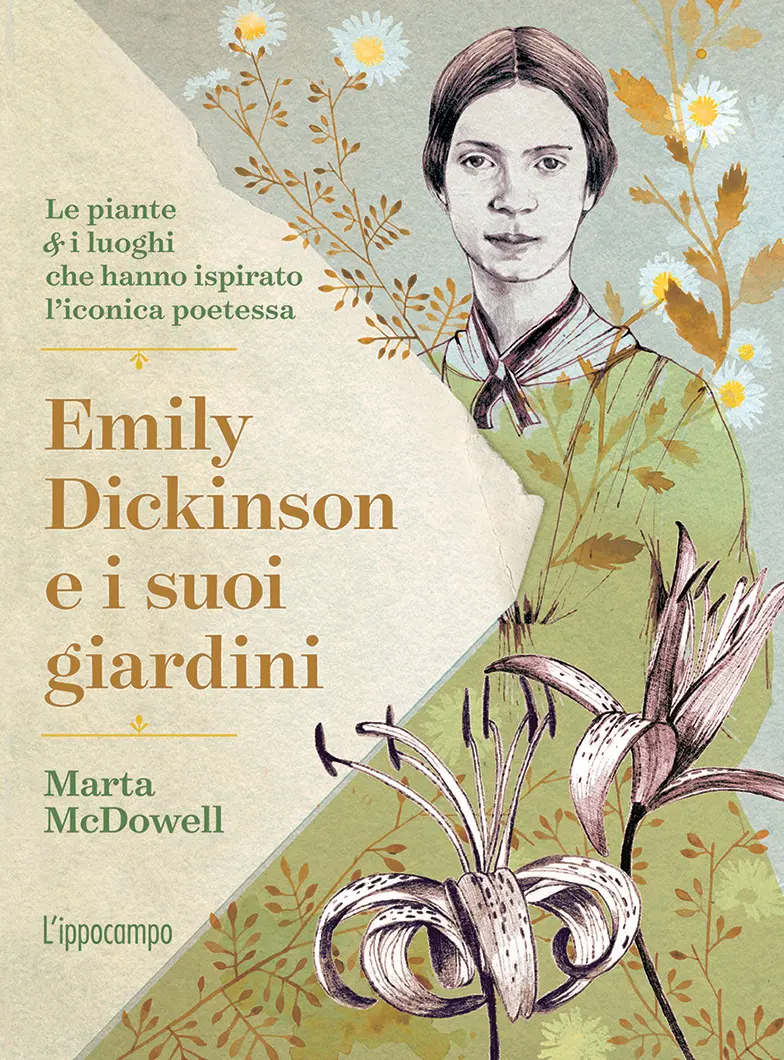
Emily Dickinson e i suoi giardini, cover
This brief rummage through the bookshelves filled in 2021 ends just as it began – with poetry. When it comes down to it, the word ‘poetry’ is not so far from the origin of its name – poiesis, production – which derives from making, creating (poiein), and as Ferraris reminds us, “design” is “a paradigmatic form of poiesis.” Let’s try and see it that way, by entering the “green universe” of an American poetess who lived two centuries ago who continues to speak to us through her work, urging us to look at the natural world, noting that observing it can be good for the mind. Emily Dickinson’s Gardening Life, by Marta McDowell, the Italian translation of which has just been published by L’Ippocampo, is not just a collection of verses, but also a biography and a book on botany. It makes us look beyond mere appearances. (A crucial lesson for tackling the world of today). Gardens should therefore be conceived not just as landscape but as something we have been entrusted with that is greater than we are. The word culture derives from cultivation, from the technical manipulation of nature, not from its exploitation. Taking care of it, following its rhythms. The book follows a seasonal pattern. Over the course of a year, flowers bud and bloom, plants grow, they change and new ones are born, along with the poems. Small hidden truths … “But when the earth began to jar and houses vanished with a roar and human nature hid, we comprehended by the awe, as those that dissolution saw, the poppy in the cloud.” … to be kept within arm’s reach.
Title: Emily Dickinson e i suoi Giardini
Author: Marta McDowell
Published by: L’Ippocampo
Published : 2021 (Italian translation)
Pages: 268






